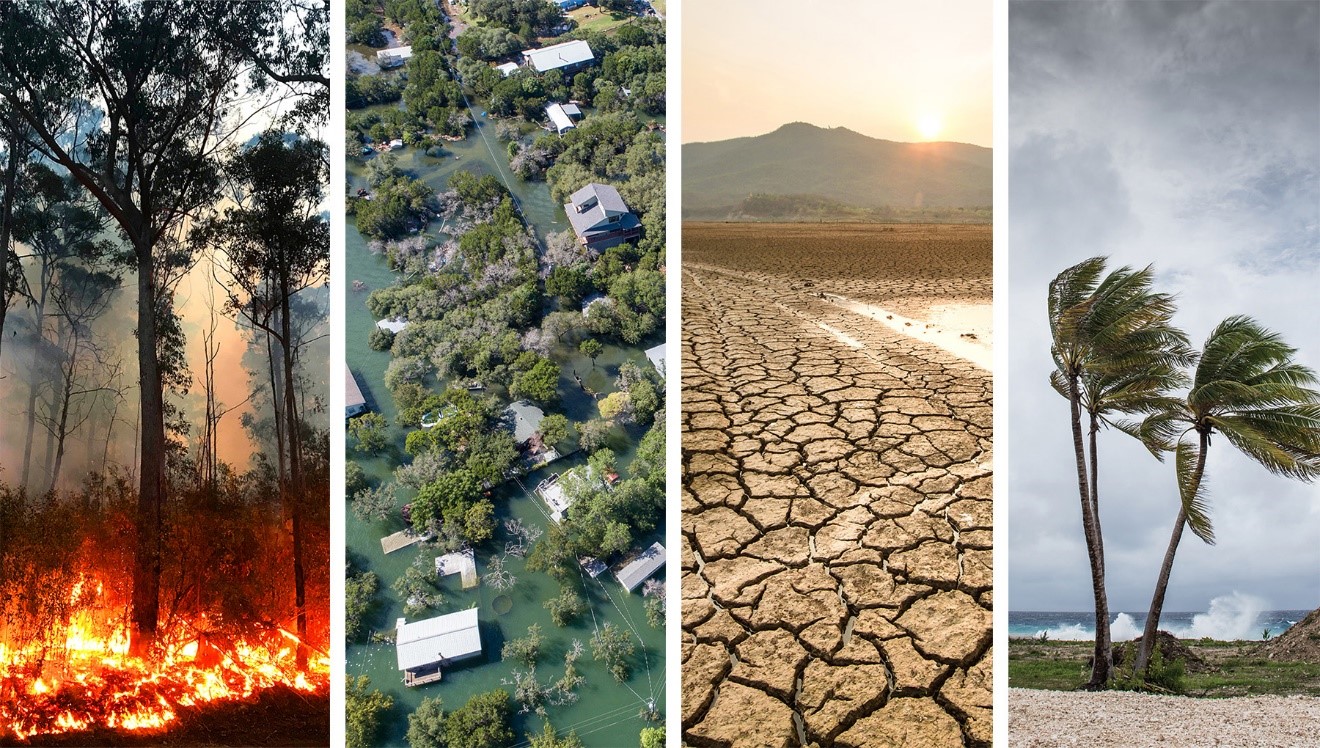COP27: Towards the implementation of a Loss and Damage Mechanism?
Five European countries have committed to fund loss and damage finance mechanism during the COP27. An unprecedented event as traditionally, rich nations have always resisted such payments for fear of spiraling liabilities relative to their contribution to climate change. An estimated of $290 billion to $ 580 billion per year will be needed by 2030. As mentioned by The Chair of the Least Developed Countries’ Group on Climate Change, Madeleine Diouf Sarr: “Those most responsible for global warming also have the greatest capacity to take action. Although the world’s richest 10 per cent of people cause 50 per cent of emissions, they also claim 52 per cent of the world’s wealth; the poorest 50 per cent contribute around 10 per cent of global emissions and receive about eight per cent of global income”. She has called on governments to establish a loss-and-damage fund for developing countries during COP 27.
What is Loss and Damage Mechanism?
First coined in 2013 during the COP19 at Warsaw, the Loss and Damage refers to the costs (economic and physical) faced by developing countries through the impacts of climate change.
Why is it so important?
Countries that have the most accumulated historical emissions are the rich countries (e.g. EU, US, Japan). However, developing countries are the most at risk at being affected by climate-related impacts. We are seeing for e.g. the case of Pakistan, that contributes to 1% of the global emissions but have had to face deadly flash floods earlier this year that has caused around $30-40 billion of damages and killed around 1,200 people. Having countries such as Austria, Scotland, Belgium, Denmark and Germany committing to fund this loss and damage mechanism means that the most vulnerable nations will get access to critical funds needed to adapt to unavoidable climate impacts.
Disclaimer
There is no place like Home, or Mauritius has a lot of diversity

